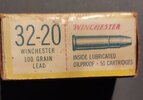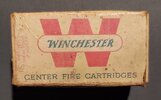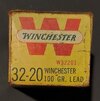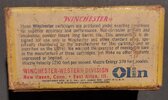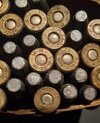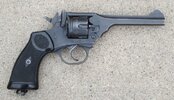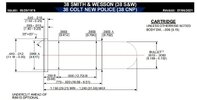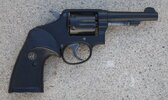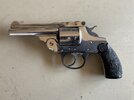The Perfected Models were unique.
These were the last Top Break revolvers that Smith and Wesson introduced, they were made from 1909 until 1920.
They had a thumb latch on the side, as well as a traditional Top Break release latch on the top strap. In order to break open the revolver, both devices had to be operated simultaneously. Only operating one or the other feature would not allow the revolver to be broken open. I have read that it was possible with a 'normal' Top Break for a bad guy at close quarters to reach over the top of the revolver and open the top latch, rendering the revolver harmless. Supposedly that was the inspiration for the development of the "belt and suspenders" concept of the Perfected models.


Personally, I think that logic is hogwash. I have tried reaching over the top of a Top Break pointed at me to break it open, and it is not easy to do. The Perfected Models were developed after S&W had finalized the design of their standard Hand Ejectors. Notice the Perfecteds were the only S&W Top Breaks with the trigger guard integral with the frame, just like a Hand Ejector. Notice too the Perfecteds employed a Rebound Slide, just like a Hand Ejector. Earlier Top Breaks had a very different mechanism.
In fact, the mechanism of a Perfected was pretty much a duplication of a Hand Ejector.
Here is the lockwork of a Perfected.
Here is the lockwork of a K-22 Outdoorsman from the 1930s.
Notice the integral trigger guard on this Perfected, vs the trigger guard which is a separate piece on this 38 Safety Hammerless, 3rd Model. If you look at all the other Top Breaks, including the big #3s, they all had trigger guards which were separate pieces from the frame.
I think the reason the Pefected Models had the Belt and Suspenders approach was simply because they were the last gasp of the Top Breaks while S&W was moving on to Hand Ejectors.






















